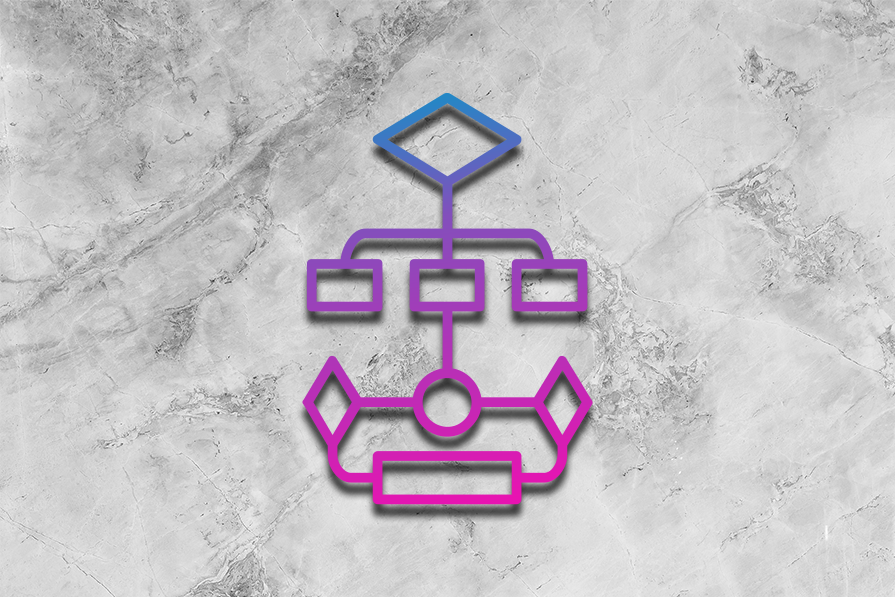Logrocket
1M
64

Image Credit: Logrocket
Understanding the dependency inversion principle (DIP)
- The dependency inversion principle (DIP) ensures that high-level modules do not depend on low-level modules directly, promoting loose coupling for easier maintenance.
- High-level modules provide abstractions over system functionalities and should communicate through interfaces with low-level modules in DIP.
- Abstractions play a crucial role in DIP by decoupling high-level and low-level modules, enhancing flexibility and testability of the codebase.
- Dependency inversion aims to decouple concrete classes using abstractions, interfaces, or abstract classes, leading to easier testing and modular code design.
- DIP promotes loose coupling, code maintainability, testability, scalability, and code reusability in various software development scenarios.
- Implementing DIP in multiple languages like Python, Java, TypeScript, Spring (Java with IoC), .NET Core (C#), and ASP.NET Core demonstrates how to apply the principle effectively.
- Practical use cases of DIP include microservices architectures, event-driven architectures, enterprise software, payment processing systems, notification services, and database access layers.
- Common pitfalls of DIP like over-abstraction, interface bloat, and misusing dependency injection can be avoided by following best practices and using DIP only when necessary.
- Developers should use DIP when implementations are likely to change often or when interchangeable implementations are required, while direct dependencies are suitable for minimal service variations.
- Applying SOLID principles together with DIP, choosing the right level of abstraction, and structuring DIP-compliant code properly are recommended best practices.
- In conclusion, mastering the dependency inversion principle empowers developers to create flexible, scalable, and maintainable software by leveraging abstractions to separate business logic from implementation details.
Read Full Article
3 Likes
For uninterrupted reading, download the app